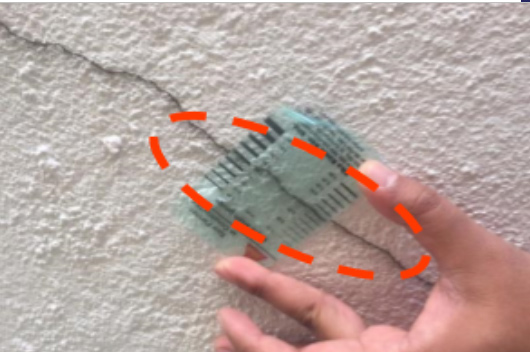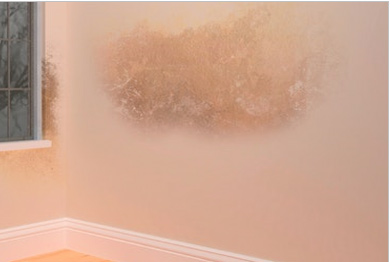Author: Ir. Dr. Justin LAI Woon Fatt | 24 July, 2019
INTRODUCTION
Under Street, Drainage and Building Act 1974: Section 85A, visual inspection is compulsory to be carried out for 10 years old tall building (exceeding 5 storeys), and the subsequent inspection shall be repeated in 10 years basis. The objective of the visual inspection is to assess the condition and performance of the building to ensure the building is safe to occupy for another 10 years. Therefore, the report will conclude the level of building safety.
In common practice, the local authority (LA) will inform the building owner or management corporation by written notice. As soon as the notice is received, the building owner or management corporation has to engage the Professional Engineer with Practicing Certificate (PEPC) to carry out visual inspection for the building. Upon the completion of the inspection, a report will be prepared by PEPC and submitted to the LA within the stipulated time frame.
WHAT IS VISUAL INSPECTION?
Visual inspection is fast and non-destructive (NDT) methods to assess the building, which is commonly accepted as one of the assessment methods. The inspection is solely depending on the observation of PEPC and simple tools such as crack ruler will be used. The result of visual inspection can be varied depending on the judgment of the PEPC, and sometimes it could be very subjective. Thus, the knowledge and experience of the PEPC govern its effectiveness. Broad knowledge in structural engineering and construction methods is required by the PEPC to extract or analyze any relevant information from the visual inspection. Under most of the conditions, an experienced PEPC will give a more reliable report based on their experience.

Figure 1: Measurement of the crack using a crack ruler
COMMON PROBLEMS DETECTED IN VISUAL INSPECTION
PEPC will perform a visual inspection on building to determine the structural or non-structural defects in the building. Commonly, building elements such as beam, column, slab, ceiling, wall, and staircase are required for visual inspection.
There are few common defects might be detected during a visual inspection:
a) Cracks
Crack is a typical phenomenon that separation of bonding in concrete occurs and results in the gap on the surface of the building. It is often observable on the wall, floor, and window edge of the building. Crack can be categorized into structural crack and non-structural crack. Generally, the types of crack can be differentiated from its width. A structural crack appears wider than 2.0 mm, otherwise, it is considered as non-structural crack.
The cause of non-structural crack may due to change in moisture content, repetitive thermal change, and vegetation. The non-structural crack usually symbolizes the aging of the building and has no major effect on the structural integrity of the building. However, non-structural crack can grow wider and pose a serious impact on the structural integrity of the building when water seeps through the concrete.
Meanwhile, structural crack is more threatening because the structural integrity of the building might be directly affected and hence causing building safety issues. Structural crack is typically caused by incorrect design, overloading, and poor construction work.
b) Water Leakage
Water leakage is another common problem in the building. It is mainly caused by waterproofing material failure. When the waterproofing layer experiences expansion and shrinkage repeatedly due to thermal change, the crack might appear on the layer and it allows water to seep through the layer. Moisture in the building will contribute to health and safety problems. The build-up of moisture allows mold to grow, and the musty smell cause discomfort to the occupants and health disorders at the same time. Moreover, the growth of mold affects the aesthetic value of the building. In terms of structural integrity, seepage of water will deteriorate the structural strength of building by corroding the reinforcements inside concrete which eventually threaten the safety of occupants.

Figure 2: Dampness on wall
c) Settlement
The settlement is the phenomenon that the ground moves downward due to the load acting on it. The downward movement results in cracks and undesired effects on structural integrity. When settlement occurs, the building will become distorted and initiate cracks on building and foundation. It is usual for new buildings experiencing settlement within the first few years after construction. The factors contributing to the settlement could be existing soil conditions, method of construction, and type of foundation. The settlement will affect the structural integrity of the building and cause a safety hazard, hence it is recommended to get a PEPC to assess the problem.
PREPARATION OF REPORT
Upon the completion of the inspection, the PEPC will analyze the result then produce a report based on the observation. The report should consist of the 5 chapters, which include introduction of the building, observation during the visual inspection, the root cause of defects, proposed rectification measures, and conclusion (safe or unsafe). If the PEPC in his opinion that the structural defect will likely endanger or reduce the structural integrity, then the PEPC shall recommend a full structural investigation to be carried out and it will be under the separate scope of services.
In conclusion, it is crucial to engage PEPC to conduct visual inspection for 10 years old tall building (exceeding 5 storeys), to comply with the act while ensuring public safety!
Ir. Dr. Justin LAI Woon Fatt
CEO/ Founder
IPM Group
References:
[1] Rodriguez, J. (2018). How To Repair Wide Cracks in Concrete. Retrieved from https://www.thebalancesmb.com/is-this-the-best-way-to-repair-concrete
[2] Hamid Khan (2016). Water Leaks in Multi Storey Building. Retrieved from https://www.linkedin.com/pulse/water-leaks-multi-storey-buildings-problem-bigger-than-hamid-khan/

